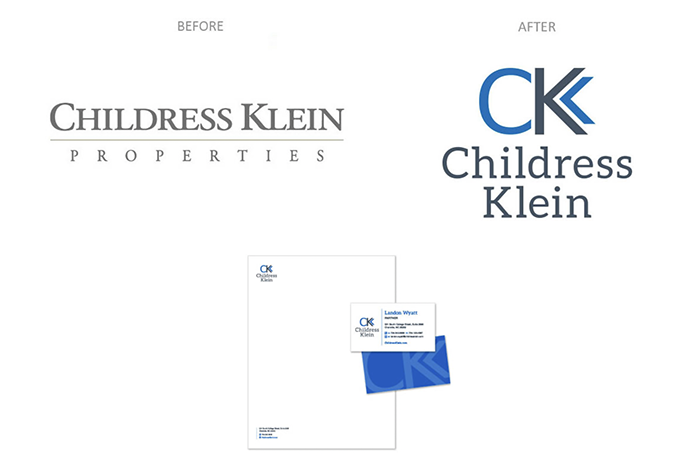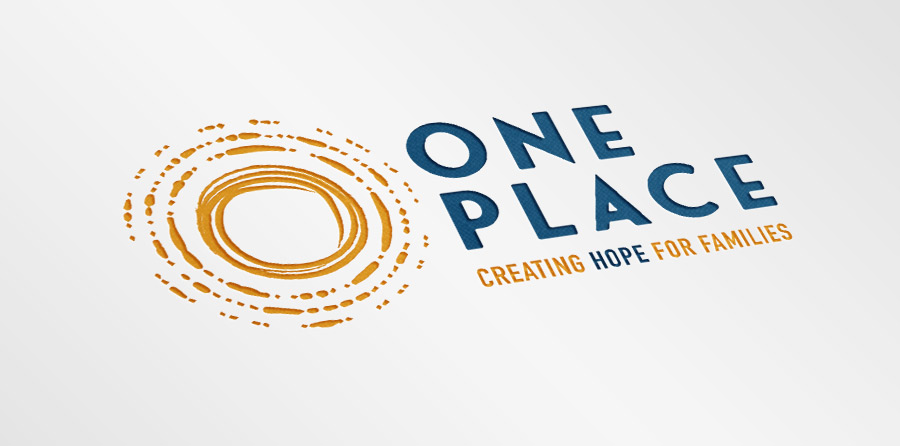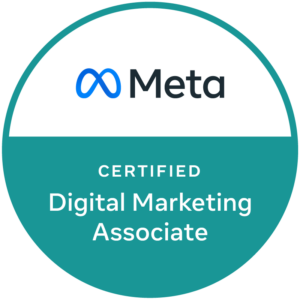A brand is a promise. It guarantees your customers a certain level of quality, value and service, and sets you apart from competitors. Once you have established a solid brand, people recognize it through the images, logos and taglines you use. A great deal of time, effort and energy go into branding, which is why most companies focus on maintaining the brand they have. But sometimes, it’s necessary to start this process all over again.
Rebranding may feel like you are stepping away from a critical asset, but it may save your company from going under or help it thrive in the future. Your business may not need a full rebranding but just a brand refresh, which involves minor changes to colors and patterns in logos or shifting the messaging in your marketing materials slightly. Rebranding consists of a complete overhaul of your logo, brand positioning and marketing content. The primary aim of rebranding is to create messaging and symbols that better represent who you are, what you do and how you do it.
Whether you’re looking at real estate branding, nonprofit branding or any type of business branding, here are four signs that it may be time to reconsider your current branding.
Signs That You May Need to Rebrand

-
Change in Company Vision
Even if your marketing stays the same, you may decide to change or expand your company’s services. The new direction will require you to formulate a new purpose, mission and vision for your company. Your new branding should change the conversation. It should focus the attention of current and prospective clients on where you are now and what service and value you intend to provide in the future.
-
Your Branding Doesn’t Stand Out
When you started your company, you may have had unique images, symbols and messaging, but your company – and the market – may have outgrown this initial branding. Ever-changing media memes largely shape tastes, attitudes and perceptions, and your company’s logo and other marketing content may have fallen behind the times. To be more relevant, to be more today, you need to revamp the images and messages you put before the public. You will need to engage in a creative process that will once again help your company stand out from competitors.
Read about how Charlotte developer Childress Klein used Yellow Duck Marketing for a real estate rebranding after 30 years.

-
You Want to Attract a New Demographic
You may have noticed a new demographic group showing interest in your products and services. There may be enough growth potential among these consumers to get you to shift your focus toward servicing their needs.
If this is the case, you will need to re-evaluate your current branding. As part of this process, you should do an in-depth analysis of the demographic in question to figure out what kind of personalities and buying habits you are dealing with. This will allow you to create branding that appeals to your new target audience.
-
Your Brand Name Doesn’t Stick
Changing the name of your company is the ultimate act of rebranding. It’s a huge deal because your company name is the most identifiable feature of your business. However, you and your team should question whether the name you initially chose still aligns with your company’s growth and business focus. The name you chose when you started may have seemed catchy, but time and experience may have proven that assumption wrong. You may have created a name that doesn’t stick in clients’ minds or that doesn’t fit with your offerings.
In some cases, it may be necessary to change your company name to avoid brand confusion. If your name is similar to another company’s name, people may mistake them for you. It also makes it harder for your marketing team to differentiate your brand. Before you go through the renaming process, you should think through how it will affect your current clients and business goals – and how you will roll out the new name and brand in a way that clearly shows how this new name aligns with the business goals.

Summing Up

Rebranding involves the transformation of your public-facing marketing content. Before you pursue such a serious undertaking, you should evaluate how your target audience responds to your current brand. Although rebranding can be costly and time-consuming, sticking with a brand and branding strategy that isn’t working might be even more costly.
If you have taken your company in a different direction or your brand is outdated or indistinguishable in the marketplace, you should consider creating a new name, logo and marketing strategy. You should seek the help of a branding agency to help you with this. A professional branding agency can provide you with the tools, insight, and expertise to remake your company’s image.
Considering a rebranding or brand refresh? Reach out to us!









